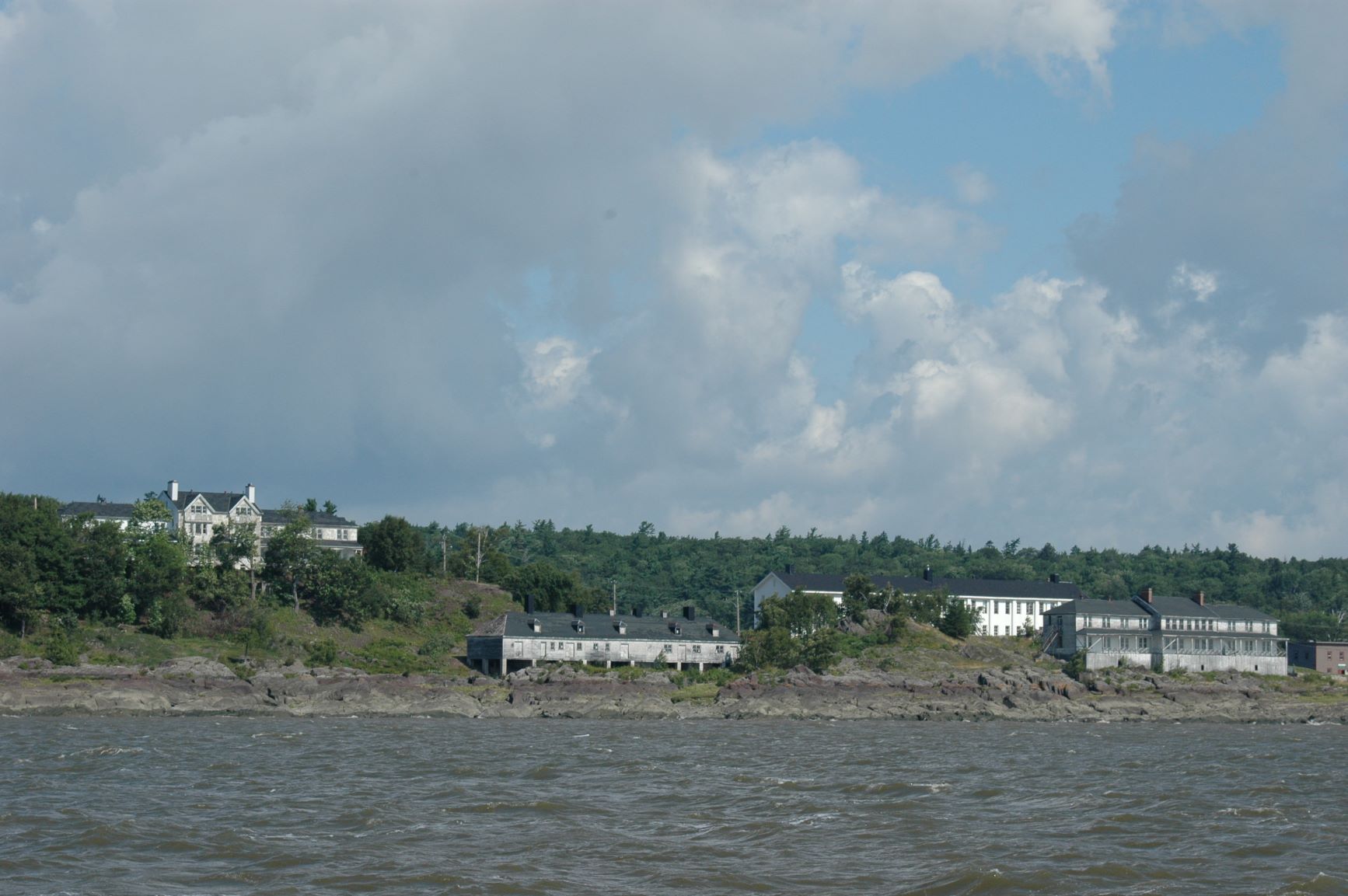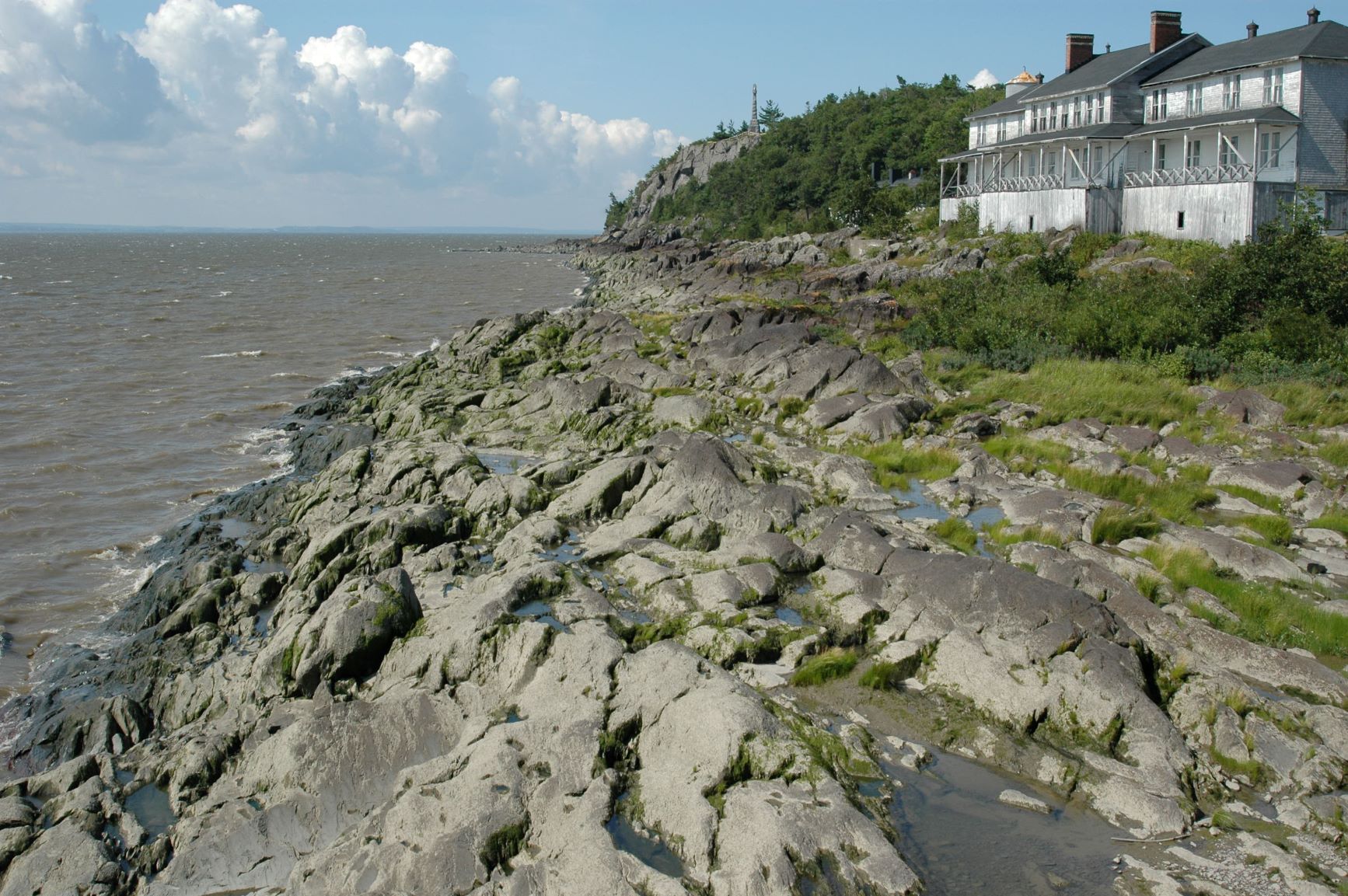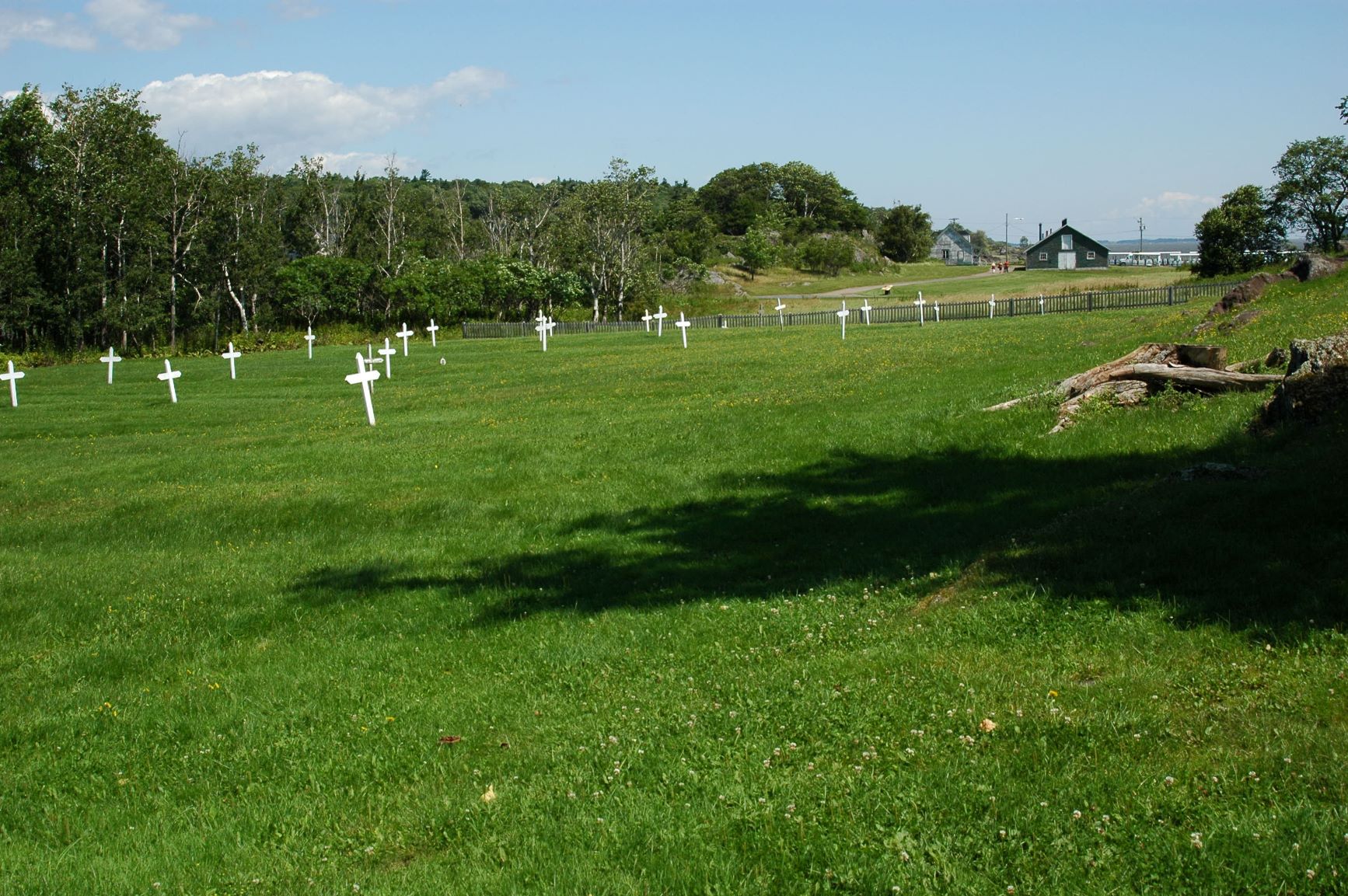Year: 1832
Location: Somewhere off the Grand Banks, Newfoundland
You’ve been travelling for weeks aboard a ship bound for the New World. What little earthly possessions you have to call your own are tucked in boxes and barrels around you. You are crammed, cramped and hidden away in the bowels of the vessel. Your bed is a narrow bunk – no more than a hard plank of wood really – attached to the inner wall of the ship. There are no bathrooms, washing, or laundry facilities. The food is moldy, if there is any at all, and the water is foul. The smell of human excrement and body odour makes you heave, adding the reek of vomit to the vile mix. Vicious Atlantic storms have battered the ship, tossing it like a toy boat upon the “rolling main.” Rowdy shipmate neighbours hold dog fights, drink grog ’til dawn, and fistfight with the crew. One passenger is raped by the First Mate; another is drowned at sea.
But these “minor inconveniences” are not the worst. You face a far greater enemy onboard. It is invisible, strikes without warning, and discriminates against no one. It is “the fever,” the sickness that comes from poverty, close living quarters, and inadequate hygiene. It spreads with a fury only matched by the terrible ocean storms that rage around it. Like sea foam sprayed across the worn wooden planks of the ship, typhus, cholera, and small pox slip below deck, unnoticed, sowing their deadly seed.
Each day, as deadly illness creeps through the mass of human misery, the battered and tattered ship limps closer to its anticipated destination, a country that promises an easier life, and a bright, hopeful future.

Approaching Grosse Île, Québec by Boat © Barbara Dickson
As your ship draws near, you can see your beloved destination off the prow of the ship. The crew drop anchor. But before you can tread upon your new country’s promised land, you face one last hardship. You face quarantine, something just as vile, just as dangerous, and just as deadly as life onboard ship. You’re loaded into waiting boats, and conveyed to an offshore island where you will stay until you pass inspection.
All around you is a sea of ragged humanity, living and dying, waiting to be given the doctor’s blessing, declaring you are fit to occupy the land. If you’re not infected with one of the dreaded viruses while you sailed, you are bound to catch the “bug” while you wait days for inspection amid thousands of other poor immigrants.
And, if you don’t pass? You die, your dreams forever interred in a mass grave along with you, no longer a subject of your homeland, yet neither a citizen in your new land.
One such quarantine station was opened at Grosse Île, Québec in 1832. Its operation is a ragtag affair, with hundreds of immigrants processed daily.
Immigrant Susannah Moodie, in her book “Roughing It in the Bush: Life in Canada,” writes about visiting Grosse Île that first summer:
The dreadful cholera was depopulating Quebec and Montreal, when our ship cast anchor off Grosse Île on the 30th of August, 1832, and we were boarded a few minutes after by the health-officers…The vessel had been nine weeks at sea; the poor steerage passengers for the two last weeks had been out of food…As cabin passengers, we were not included in the general order of purification, but were only obliged to send our servant, with the clothes and bedding we had used during the voyage, on shore, to be washed…
Mrs. Moodie is fortunate; she comes from the upper class in England and she can afford a cabin passage. Her accommodations were not below deck.
Immigrant David Cragg, on the other hand, is a poor Englishman out of Lancaster, and is onboard ‘The Six Sisters’ packet ship bound for Upper Canada in June of 1833. Widowed, David and his eight children long for a fresh start, with cheap land, clean air, minimal taxes, and a bright tomorrow.
David’s writes of his unimpressive experience at “Perdition Isle:”
…they appoint us a booth in a large building made like an entrance house of great length. All this time there is 1199 passengers performing penance here…we slept at night on beds made on the floor side by side, all together like a lot of pigs…the doctor in all pomposity came, looked us over, fooled among our goods for about two minutes and then said we were at liberty to go…

Immigration Quarantine Building at Grosse Île, Québec © Barbara Dickson
Grosse Île will operate from 1832 to 1937. One year, in particular, stands out from all others – the spring and summer of 1847. The famine in Ireland has caused a mass exodus from its shores. Hundreds of thousands have fled their beloved Erin, their desperate poverty, their gnawing hunger, and their utter loss of heart and home making them easy prey to the “fever.” And they died by the thousands that summer upon David’s “Perdition Isle.”
Gerald Keegan, an Irish emigrant from Sligo, writes of that summer in 1847 at Grosse Île:
They are calling now for volunteers to bring the sick and the dead to shore. The sailors are refusing to have anything to do with the task…I feel it my duty to render what will be my last service to these poor suffering creatures in offering myself as a volunteer…

Rows of Crosses Mark 5,000 Irish Dead in 1847 at Grosse Île, Québec © Barbara Dickson
And this:
…I have to learn to acquire a reasonable amount of detachment in my contacts with the suffering and dying. Most of them are in such a deplorable condition from illness, hunger and neglect that, if I let myself go, I would fall apart from the very sight of their intense misery. It is, however, very difficult to be detached when in so many ways they try to express their gratitude for my simple services. I spent most of the day today with tears in my eyes…
An Irish Monument is erected on the west tip of the island to remember the thousands who died. There are similar memorials scattered along the shores of the St. Lawrence River, a ribbon of blue seawater marred by the death and despair of the Irish people. From Partridge Island at Saint John, New Brunswick, to Hospital Island off the coast of St. Andrews-by-the-Sea, New Brunswick, to Grosse Île at Québec City, to Montréal, Québec, to Toronto, Ontario; tens of thousands of Irish have been laid to rest, along with countless immigration staff and clergy who died while serving at immigration stations.
Susannah Moodie will continue her journey to Cobourg, Ontario with her husband, and then north, past the growing town of Peterborough, where she will “rough it in the bush” of “rural” Upper Canada. After six years, she will concede defeat, and move to city life in Belleville, Ontario.
David Cragg and his family will make it to York (Toronto) and eventually buy one hundred acres of farmland north in Reach Township. But David will not live to see the fruits of his labour – he dies less than two years after arriving in his Promised Land.
And Gerald Keegan? His story is the saddest of all – after laying his dear bride of only two months to rest in an unmarked grave at Grosse Île, he himself contracts the dreaded fever and dies.
Grosse Île, at Québec is now a National Historical Site, visited each year by countless thousands yearning to learn more about the emigrant migration that shaped North America. The Canadian government has endeavoured to recreate life during the quarantine station’s time of operation with tours, and restored buildings including one of the actual “fever sheds” of 1847. The Irish Memorial is on an apex at the west end of the island where the wind whistles through the tree branches, the air fresh, and the surroundings eerily quiet.
We all have a history story to tell, whether we are the first or the tenth generation to call North America home. May we remember the personal sacrifices our ancestors made leaving their motherlands, hoping for a better life in the New World.


3 comments for “Quarantined: Grosse Île, Québec”